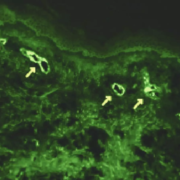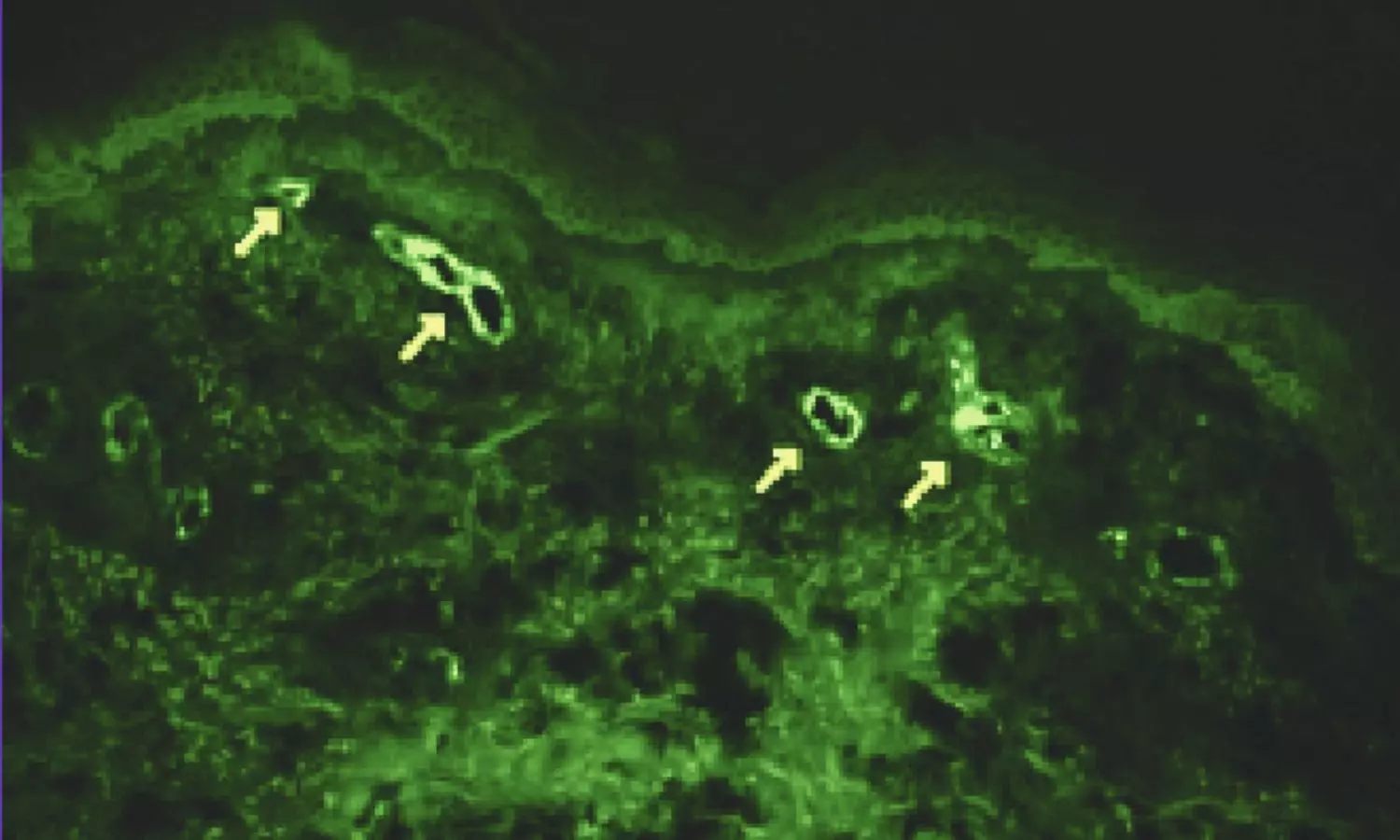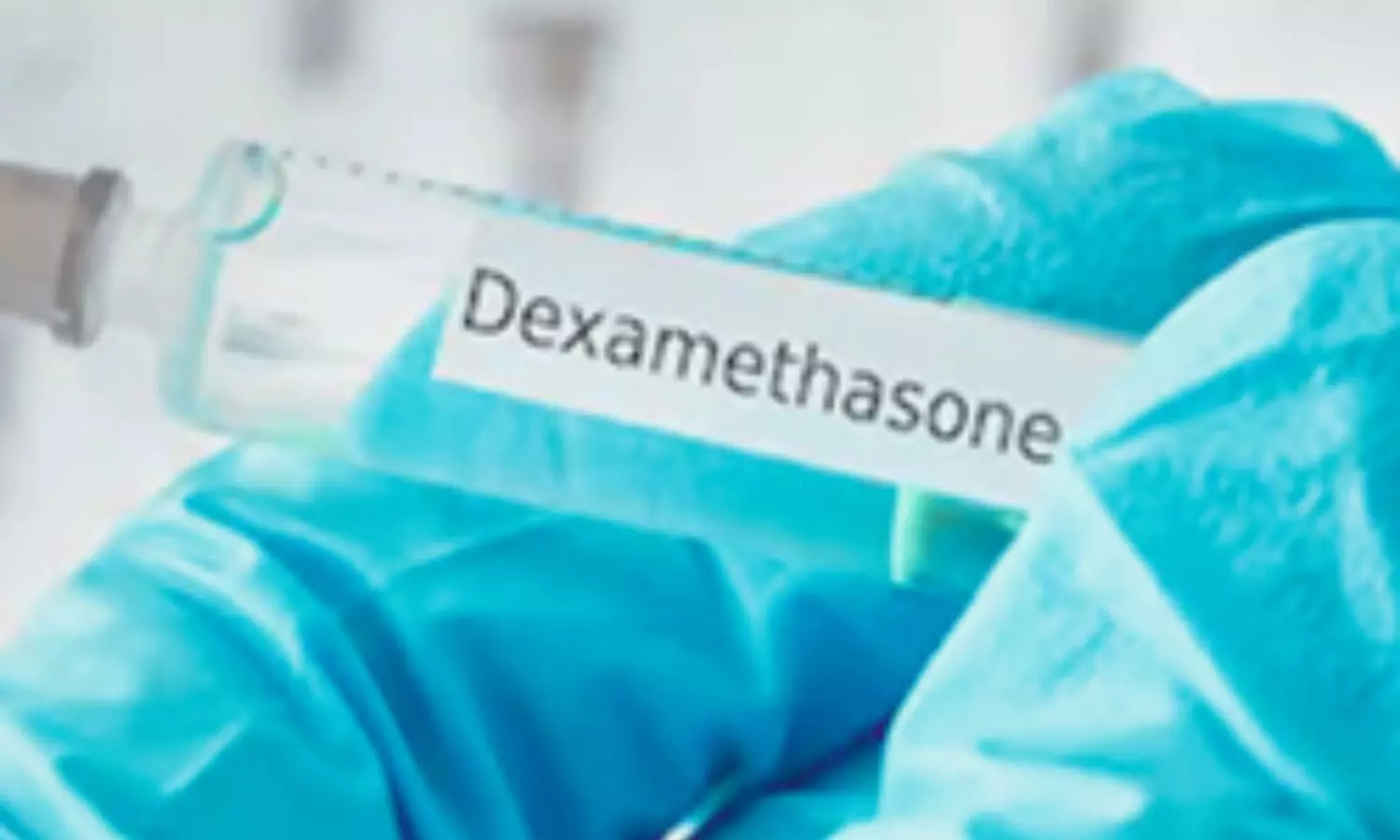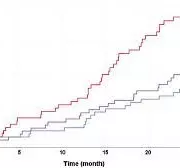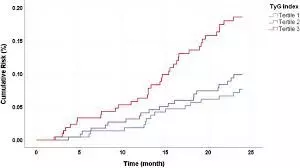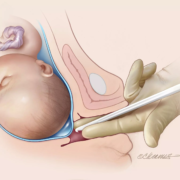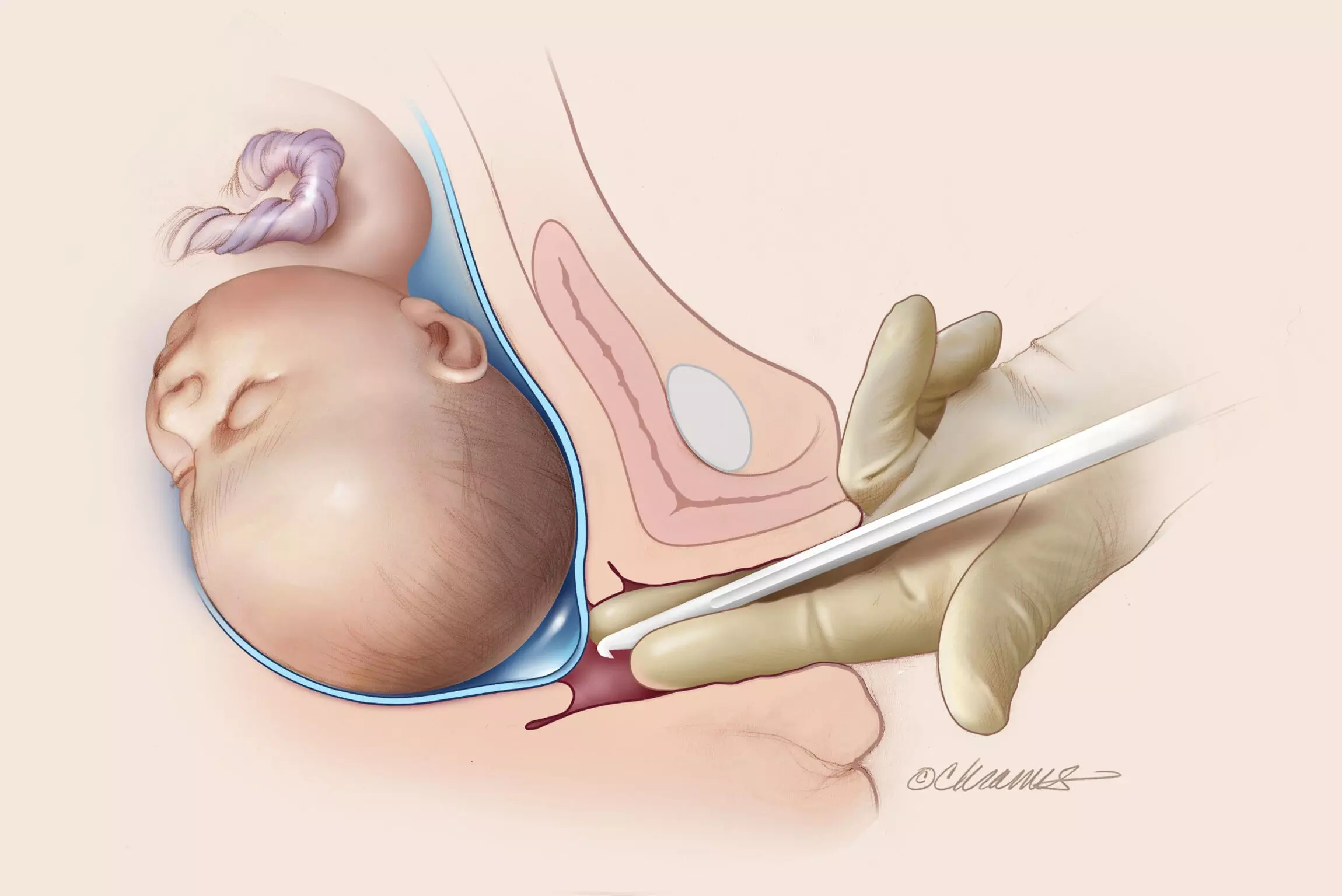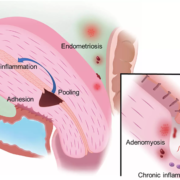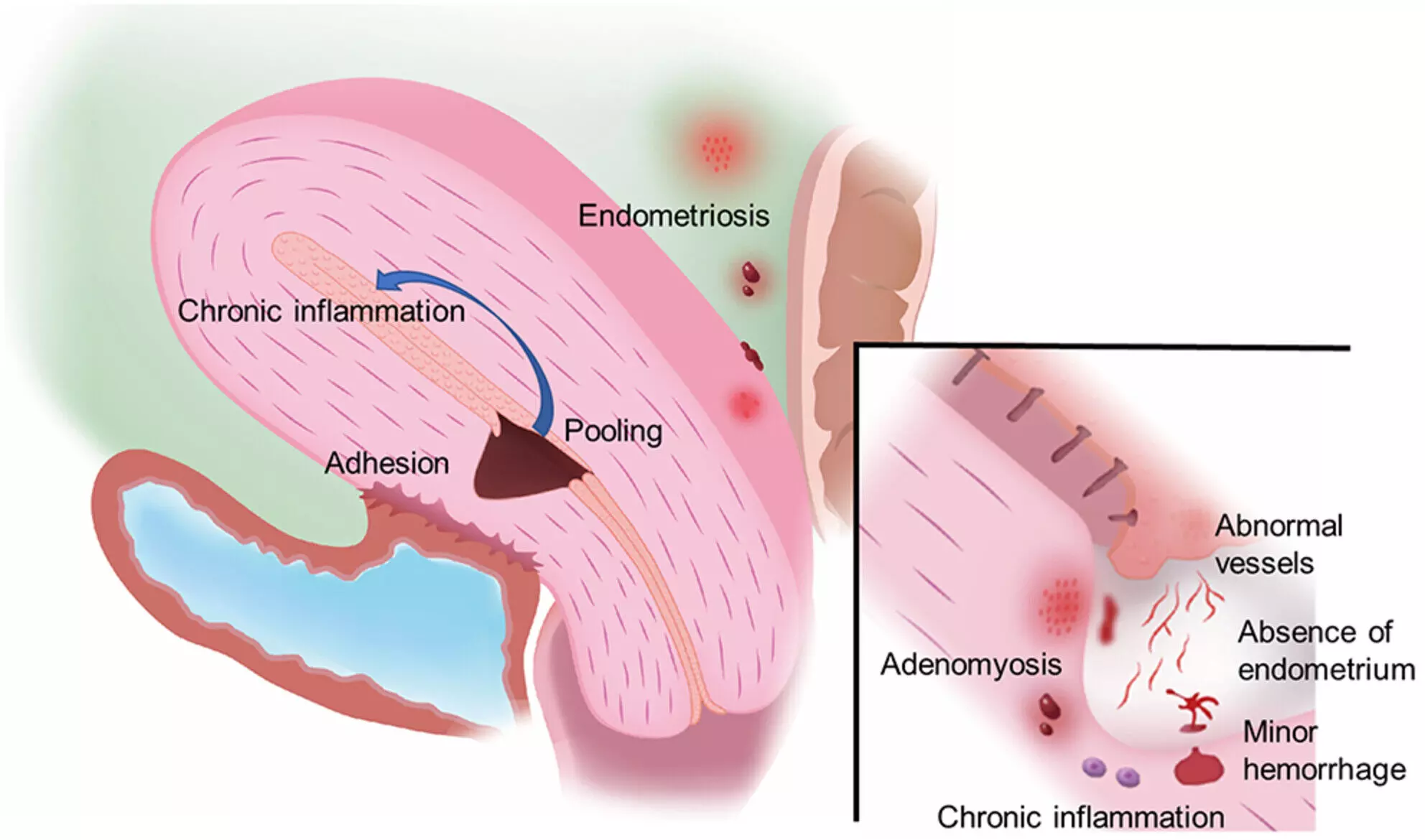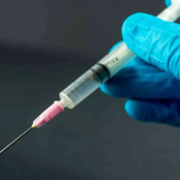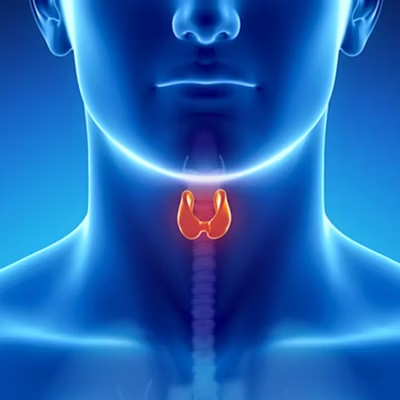Sacubitril-Valsartan Improves Cardiac Function Despite Kidney Decline in HFrEF Patients, study reveals

South Korea: A recent study published in Kidney Research and Clinical Practice has shed light on the impact of sacubitril-valsartan therapy on cardiac and kidney outcomes, particularly in patients with heart failure with reduced ejection fraction (HFrEF). The findings indicate that while patients experienced notable improvements in heart function, there was also a concerning decline in kidney function, raising important questions about the treatment’s dual effects.
“Patients with HFrEF who received sacubitril-valsartan showed notable enhancements in cardiovascular outcomes, even in the presence of acute kidney injury (AKI)” the researchers wrote.
Sacubitril-valsartan, a combination medication designed to enhance cardiac function and reduce cardiovascular mortality by inhibiting neprilysin and blocking angiotensin II receptors, has emerged as a pivotal therapy for HFrEF. However, the long-term protective effects of sacubitril-valsartan on cardiac function in the presence of concurrent AKI are still uncertain. To fill this knowledge gap, Hyo Jeong Kim, Yonsei University College of Medicine, Seoul, Republic of Korea, and colleagues examined the relationship between the recovery of cardiac function and the decline in kidney function.
For this purpose, the researchers enrolled 512 patients with HFrEF who began treatment with either sacubitril-valsartan or valsartan in cohort 1. They also included patients from cohort 2 who experienced acute kidney injury (AKI) and underwent follow-up transthoracic echocardiography. In cohort 1, the analysis focused on short- and long-term kidney outcomes. For cohort 2, the researchers examined changes in cardiac function with changes in kidney function following the initiation of the medication.
The study revealed the following findings:
- The average age of the patients was 68.3 years, and 57.4% were male.
- Acute kidney injury occurred in 15.9% of those in the sacubitril-valsartan group and 12.5% in the valsartan group.
- After experiencing AKI, 78.4% of patients on sacubitril-valsartan and 71.4% on valsartan recovered.
- The researchers also looked at the heart health of patients who developed AKI after starting the medication in cohort 2. They found that the sacubitril-valsartan group had a greater improvement in heart function as compared to the valsartan group, with an increase of 12.4% versus 1.4%.
- Heart and kidney function changes were –1.76 for the sacubitril-valsartan group and –0.20 for the valsartan group.
The study demonstrated that the decline in kidney function with sacubitril-valsartan was comparable to that seen with valsartan. Among patients who experienced acute kidney injury, those on sacubitril-valsartan showed greater improvements in cardiovascular health than those on valsartan.
“These findings offer valuable insights for managing patients with HFrEF and underscore the complexities involved in addressing both heart failure and kidney function,” the researchers concluded.
Reference:
Kim, Hyo Jeong, et al. “Cardiac and Kidney Outcomes After Sacubitril-valsartan Therapy: Recovery of Cardiac Function Relative to Kidney Function Decline.” Kidney Research and Clinical Practice, vol. 43, no. 5, 2024, pp. 614-625.
Powered by WPeMatico


